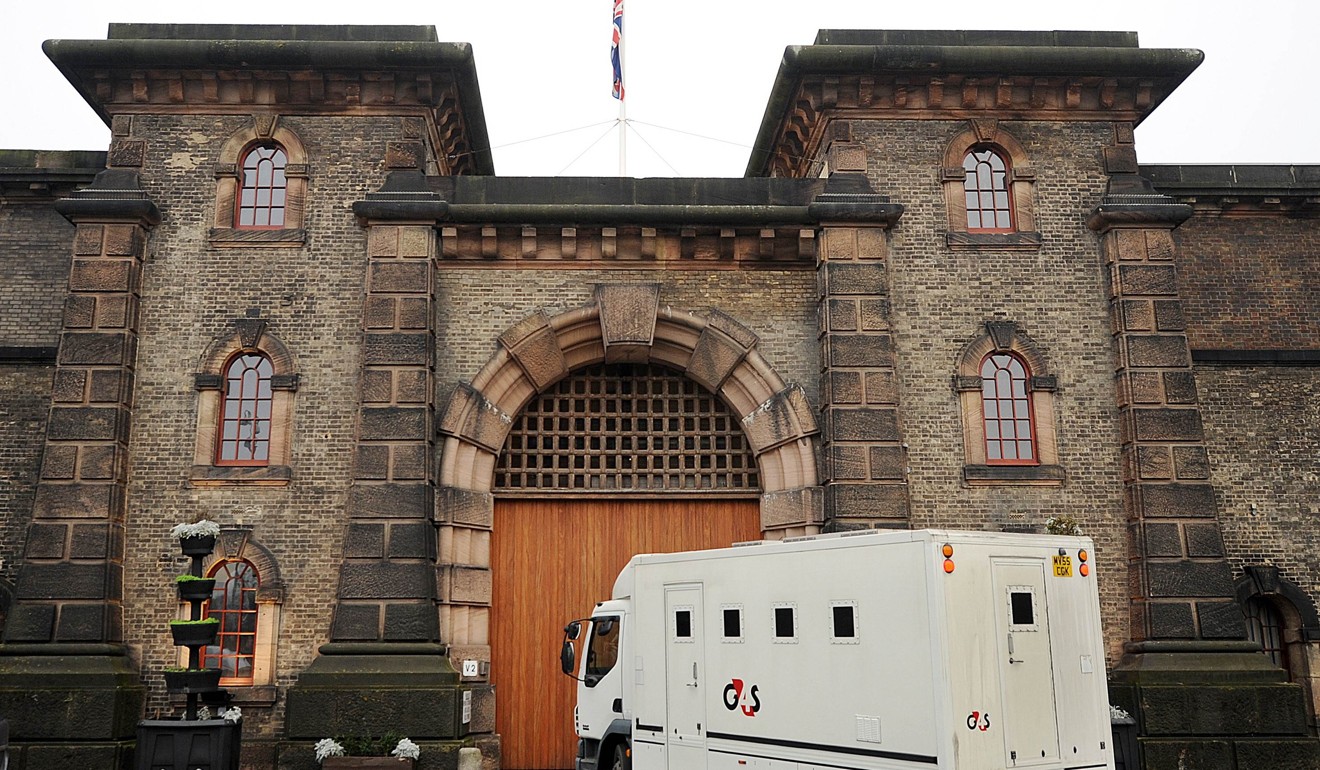
Why rehab pays off – crime costs the world billions
The bill in Hong Kong alone was estimated at HK$67 billion last year, so it’s little wonder that governments are keen to find ways to stop people reoffending
When City University made public last week a study on the cost of crime in Hong Kong, it was believed to be the first of its kind in Asia. But many places outside Asia have already been totting up their numbers.
The study covered legal procedures, rehabilitation and crime prevention measures, but did not include the Correctional Services Department’s custodial or publicity work, or the stigma, trauma or grief suffered by the direct and indirect victims of crime.
Chui said the study was very difficult to do in Hong Kong as there was a lack of up-to-date social and victimisation data, and professionals weren’t able to give an estimate on the psychological cost of crime. To address that, he wanted more data in Hong Kong to be made publically available, which he said would help the city’s leaders put in place more evidence-based policies.
“With these sort of studies we want to give a different sort of perspective – how the criminal justice expenditure is justified,” he said.
If we can help them [reoffenders] reintegrate into society, we can quantify how much we have saved
“If we can help them [reoffenders] reintegrate into society, we can quantify in monetary terms how much we have saved so we see the meaning of working together on offender reintegration.”
Here’s how other countries have quantified the cost of crime:
Australia: A$47.6 billion (HK$298 billion at current exchange rates) in 2011, or 3.4 per cent of GDP.
Includes crimes that are recorded both officially and unofficially, cost of the criminal justice system, intangible and tangible costs to victims.
Crimes include homicide, assault, attempted murder, sexual assault, robbery, burglary, theft, criminal damage, arson, drug abuse and fraud.
Doesn’t include some crimes due to lack of data, including kidnapping, human-trafficking, blackmail, abduction and organised crime. Doesn’t include lost productivity due to criminals’ involvement in crime, local government crime prevention, cost of fear of crime.
New Zealand: NZ$9.1 billion (HK$53.5 billion) in 2003/2004, or 7.62 per cent of GDP.
Includes cost to society as a whole and to the government, including crime prevention, justice sector, health sector; economic and social cost to victims or potential victims, including lost property and opportunity cost.
Study includes reported and unreported crime, and includes violent offences, sexual offences, robbery, burglary, theft, property damage, fraud, drug offences, serious traffic offences.
Doesn’t include indirect costs, such as the negative impact on New Zealand’s tourism industry.

Includes justice system costs, insurance costs, emotional and physical impact of crime. Uses the British Crime Survey to estimate total number of crimes – not just those reported to police.
Doesn’t include a number of crimes, such as drug trafficking and possession, handling stolen goods, public order offences; doesn’t estimate fear of crime or quality of life impacts.
United States: US$194 billion (HK$1.5 trillion) in 2007, or 1.3 per cent of GDP.
Includes government spending on police, courts, legal activities and corrections; tangible and intangible losses to victims; and the loss of productivity to society in relation to the offender.
Includes cost of 13 offences: murder, sexual assault, aggravated assault, robbery, arson, theft, car theft, household burglary, embezzlement, fraud, stolen property, forgery and counterfeiting, vandalism.
Doesn’t include drug law violations and prostitution, cost of drug use to society, psychological impact to victims, some costs associated with sexual violence such as sexually transmitted infections.
Sources: Australian Institute of Criminology, New Zealand Treasury, 2010 study published in Drug and Alcohol Dependence, United Kingdom Home Office
PENAL REFORM AROUND THE WORLD
● Singapore: the city-state announced this year that it planned to plant chips in its prisoners while they were in custody to monitor their movements and needs. The hope is the technology frees up prison guards who can then spend less time tracking inmates and more time focusing on rehabilitation work.
● United Kingdom: undergraduates from Durham University studied criminology – in a high-security Frankland Prison in County Durham. The course had a dual purpose: for the students, it gave them more insight into prison life, while the prisoners got a chance to increase their prospects through education.
● Scandinavia: forget the Orange is the New Black-style jumpsuits – in Norway, Sweden and Denmark, prisoners wear their own clothes. It’s part of a school of thought that aims to humanise prisoners and treat them as normally as possible. In Norway, prisoners also have access to the internet.
● Belgium: in a prison in Antwerp, inmates also have access to the internet, including adult movies. The idea is to give inmates access to leisure and educational opportunities.
● Brazil: inmates can strike four days off their sentence for every preapproved work of literature they read and write a summary of. They can cut up to 48 days a year off their sentence using the policy, which aims to make prisoners more enlightened through reading.
● Jamaica: Inmates at some prisons around the Caribbean nation are given access to musical training, a radio station and recording facilities. It’s all part of a bid to help rehabilitate prisoners by giving them a creative outlet.

